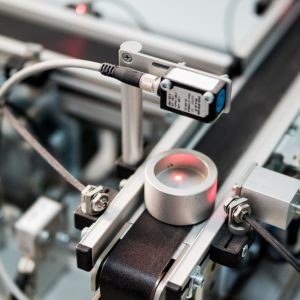SiByte Inc claims that the microprocessor cores it is designing will represent a major hike in performance for the embedded market, being superscalable up to thousands of MIPS. The company has just signed a licensing deal with MIPS Technologies Inc because it wants its system-on-a-chip designs to be based on an industry standard architecture, says CEO Dan Dobberphul. The products will be differentiated by the microprocessor cores we design, he said. Dobberphul formed SiByte in July 1998. He was formerly technical director of Digital Equipment Corporation’s StrongARM design team, and previously involved in the development of the Alpha processor.
The system-on-a-chip designs will be aimed at the higher end of the handheld PC market and the telecommunications and networking markets. The chips will be higher performance, higher power chips, according to Dobberphul, who added that the designs would offer the best performance per watt of anything on the market. However, SiByte will face fierce competition from companies already manufacturing for the high-end market. IBM Corp recently unveiled its new 64-bit embedded PowerPC design; Sun has announced the UltraSparc IIe component; and other MIPS licensees such as NEC Corp are well established, especially in the networking hardware market.
The initial cores will built on a 0.18 micron process, and the company plans to start using copper wiring when the die sizes shrink further. However, Dobberphul said that because of the tiny surface area of these embedded chips, the reduction in latency that copper offers is not such an issue as with larger designs. The privately-held company is a fabless operation, and achieving volume production will be a key concern. The company has not announced who it will partner with to produce the chips. However, Dobberphul noted that the major foundry manufacturers – such as Taiwan Semiconductor Manufacturing Corp – were now a viable option for high performance silicon. SiByte has not yet given any time scale for product releases.
Interestingly, other former members of DEC’s StrongARM design team signed a licensing deal with MIPS in April and will design embedded chips using the architecture. However, The Alchemy Microprocessor Design Group, spun out of Cadence Systems Inc, is working on a very low power design – under 500mW – in the same vein as the original StrongARM design – for digital consumer appliances.






